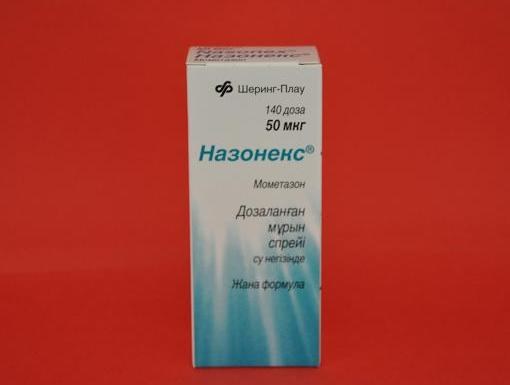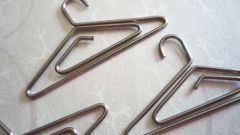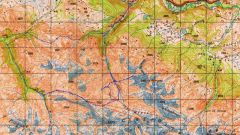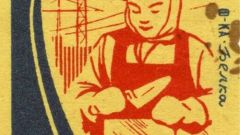Instruction
1
"Nazoneks" is used in adults and children aged two years with seasonal and perennial allergic rhinitis, as a means for the prevention of seasonal allergic rhinitis as an adjuvant in the complex antibacterial treatment of exacerbation of chronic sinusitis in adults and children aged twelve years. The drug has anti-inflammatory and antiallergenic action. Analogues "Nasonex" are "Mometasone", "lower blood pressure mother", "Nasobek", "Alderin", "Aerius", "fluconazole", "Flixonase".
2
With year-round and seasonal allergic rhinitis adults and children aged twelve years appoint two injections, and in severe cases, four injections in each nostril once a day. At least reduce the severity of symptoms the dose is decreased to one injection per day. Acute exacerbations of chronic sinusitis single dose "Nasonex" adults and children twelve years of age is two to four injections in each nostril twice a day (depending on the disease). After a decline in symptoms, the dose of the spray is reduced.
3
"Nazoneks" children aged two to eleven years: one spray into each nostril once a day. Improvement occurs during the first days of treatment. Before each use, the vial should be vigorously shaken prior to first use you must do 5-7 clicks, which will allow in the future the correct dosage of the drug. If the bottle is not used for longer than two weeks this manipulation should be repeated.
4
"Nazoneks" should not be used in pulmonary tuberculosis, including latent, infectious diseases of the mucosa of the nasal cavity, bacterial, fungal or systemic viral infections, including diseases caused by the herpes virus and occur with damage to the eyes, after recently migrated surgical interventions or injuries of the nose, with hypersensitivity to the components, children under the age of two years. It is not recommended to use the drug during pregnancy and lactation. "Nazoneks" can cause a burning sensation in the nose, sneezing, irritation of the mucous membrane of the nasal cavity, pharyngitis, epistaxis, headache. In rare cases there was an increase of intraocular pressure, the formation of nasal septum perforation.
Note
"Nazoneks" dispensed by prescription. The shelf life is two years, it must be stored at a temperature of 2-25oC.





